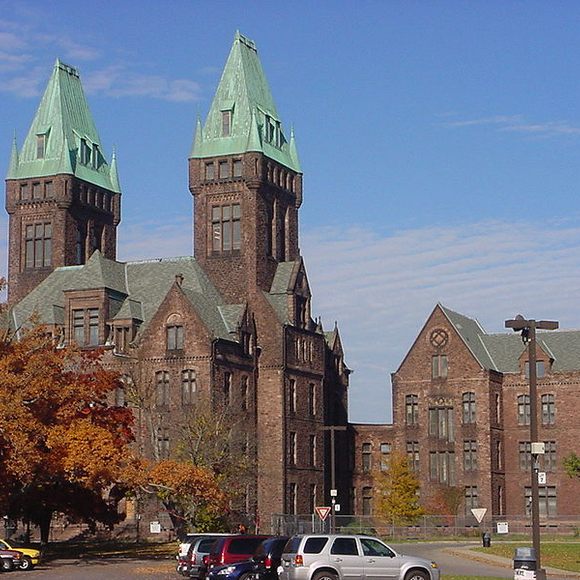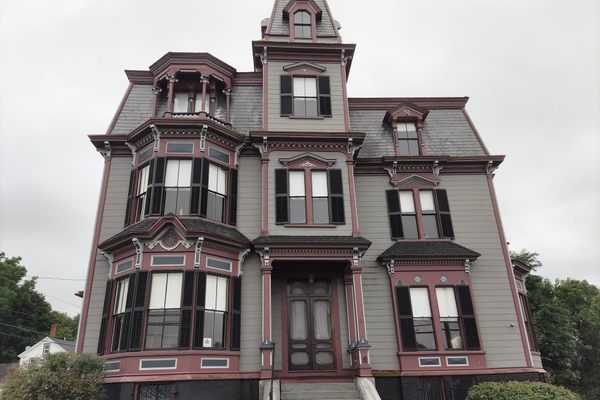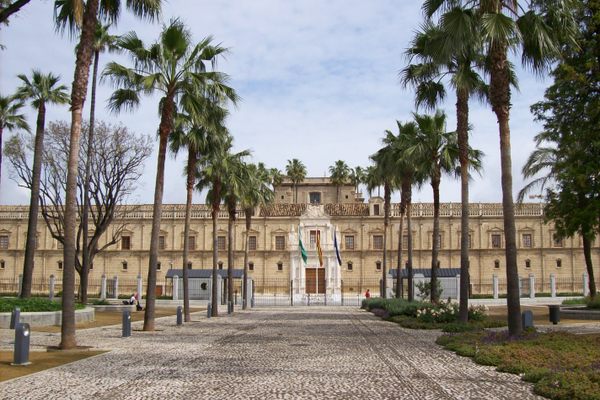AO Edited
Richardson Olmsted Complex
Created by four famous men (Henry Hobson Richardson, Frederick Law Olmsted, Calvert Vaux and Thomas Story Kirkbride), the beautifully designed Buffalo State Asylum was resurrected as a hotel and art center...but still boasts a ghost story or two!
The Richard Olmsted Complex was led by four important thinkers of the 19th century: Henry Hobson Richardson, Frederick Law Olmsted, Calvert Vaux and Thomas Story Kirkbride.
The complex was the largest commission of architect Henry Hobson Richardson’s career, totaling 11 hauntingly beautiful buildings in his signature Richardsonian Romanesque style. The style was both elegant and imposing, with two towering spires giving it the appearance of a fortress.
The grounds of the campus were designed by the founder of American landscape architecture Frederick Law Olmsted and his famed partner Calvert Vaux. This was the very same duo who designed Central Park in New York City, as well as the nearby Buffalo park system and Niagara Falls State Park.
Richardson began planning for the hospital in 1871, conforming to Thomas Story Kirkbride’s plan. Kirkbride was an early mental health advocate and psychiatrist who developed a design for mental hospitals based on his theories about the healing of the mentally ill (e.g. exposure to natural light and air circulation were crucial). A handful of other Kirkbrides live on in both restored and abandoned structures, including the Hudson River State Hospital and Trans-Allegheny Lunatic Asylum.
With only half the buildings complete, the Buffalo State Asylum for the Insane opened to patients in 1880. In 1896, after securing more funding and adapting after Richardson’s untimely death, the full wingspan of the hospital was completed.
As time passed and mental health design evolved, additional structures were added to the campus. In 1927, 100 acres of the hospital’s farmland were purchased by Buffalo State College. This purchase cut the hospital grounds in half and consumed most of the scenic grounds.
In the 1960s, thanks to JFK’s Community Mental Health Act, a large number of patients were discharged from state hospitals. The eight-story Strozzi Building also opened just east of the historic buildings, and the three easternmost wings of the original building were demolished to make way for the one-story Butler Rehabilitation Center.
The site was added to the National Register for Historic Places in 1973 before the hospital emptied in 1974. A lawsuit in the early 2000s ultimately led to the site’s preservation. The buildings were stabilized from 2008-2012, and Olmsted and Vaux’s impressive South Lawn was restored to its original plan in 2013. A year later, redevelopment began with the inclusion of a large hotel (Hotel Henry) and conference center. The project won preservation awards from Preservation Buffalo Niagara, The National Trust for Historic Preservation, and others.
The site was highlighted in a 30-minute documentary by WNED before the 2020 COVID-19 pandemic forced the hotel to close. In 2022, The Richarson Hotel opened up in its place and continues to welcome history buffs, ghost hunters, and thrill seekers as of 2024.
Know Before You Go
It adjoins the Buffalo State Campus and there are many places to park. Bicycle paths leading north to the Erie Canal Bicycle trail begin nearby. There isn't a dedicated bicycle path that connects to downtown Buffalo, making the hotel a good starting point for a west-to-east ride of the Erie Canal Bicycle Trail.
The date in Roman numerals on the cornerstone of the main building is based on the Mason's Calendar, not the Christian Calendar.






































Follow us on Twitter to get the latest on the world's hidden wonders.
Like us on Facebook to get the latest on the world's hidden wonders.
Follow us on Twitter Like us on Facebook